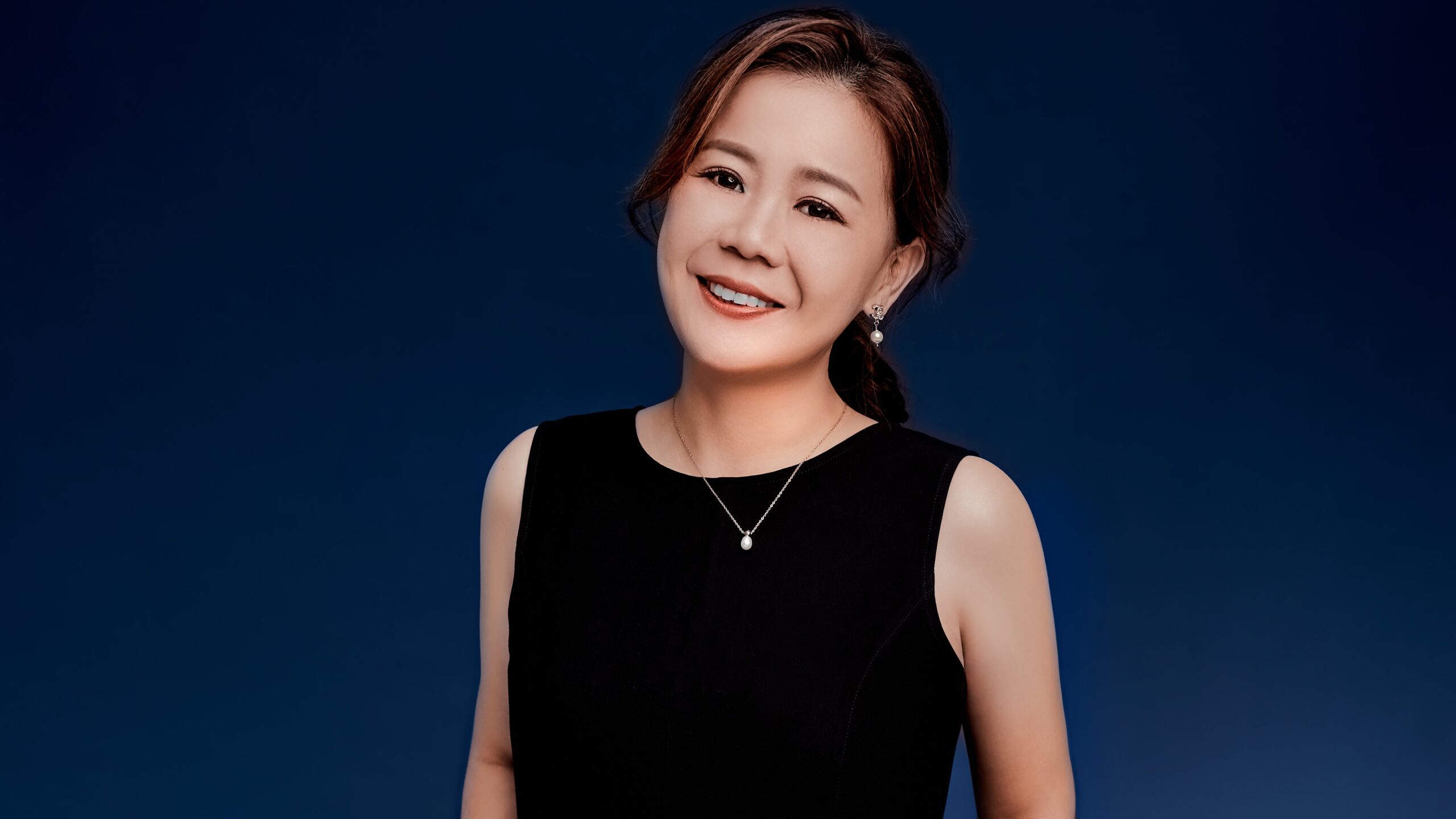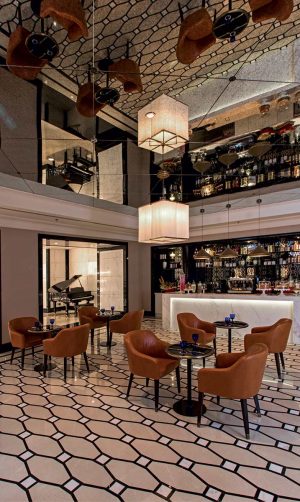FirstClasse sat down with Annie Low for a quick chat on her influences and what keeps her inspired. Read more of our series with award-winning Malaysian designers here, produced in collaboration with Atap.co.
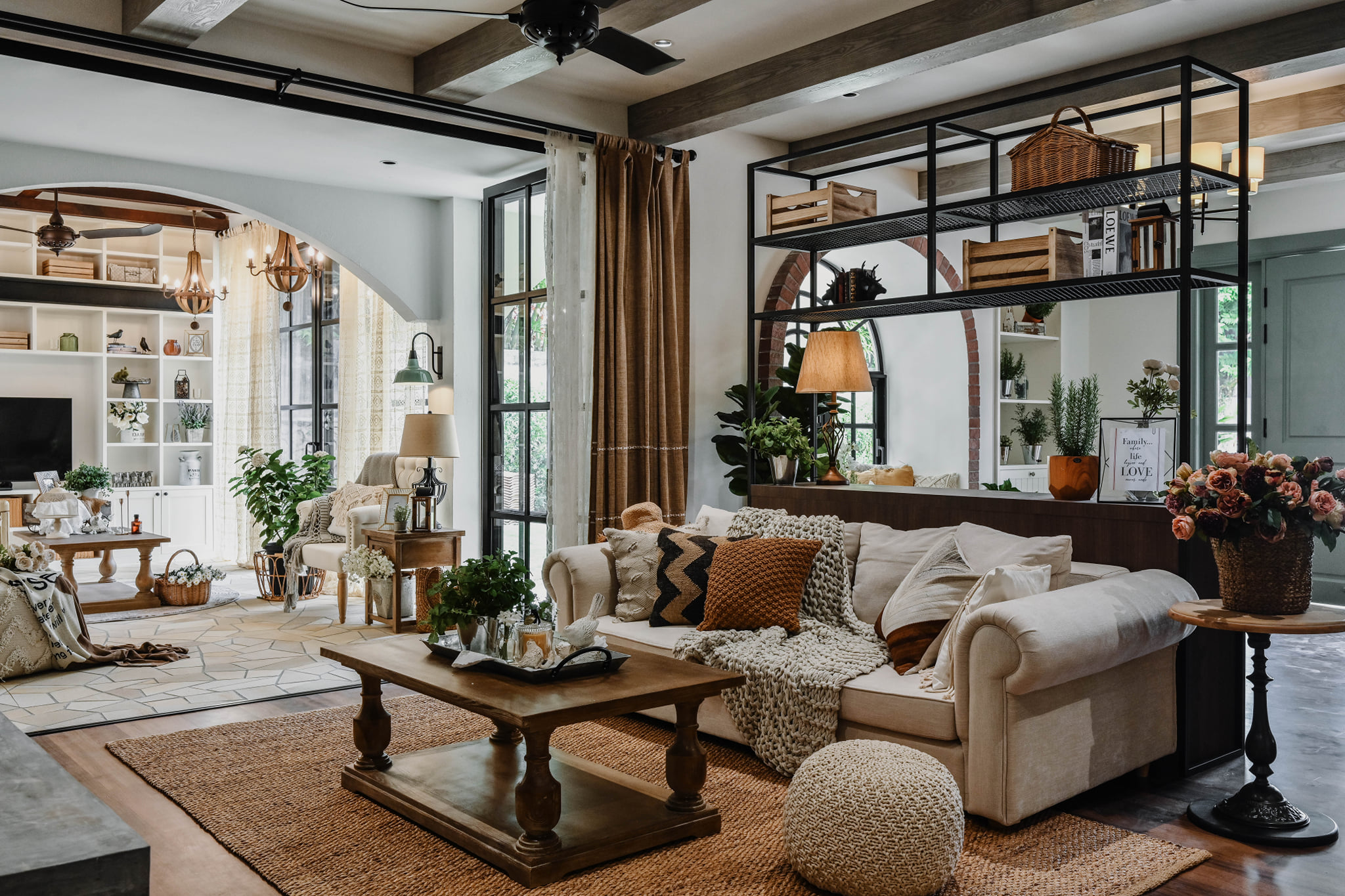
FirstClasse: How would you describe your design philosophy?
Annie Low: Good and timeless design is what we should aim and strive for. There is no reason to follow the latest trends. When we talk about good design, we delve into the principles of functionality, form, and purpose, aiming not just for visual appeal but also for practicality and user experience. The essence of this philosophy lies in a belief that design should be purpose-driven, capable of serving its intended function effectively while maintaining a lasting visual and conceptual relevance. It encourages a shift in focus towards enduring, thoughtful design solutions that remain pertinent across different epochs.
This perspective champions the idea that design should not succumb to the pressures of momentary popularity but rather endure as a testament to thoughtful craftsmanship and consideration. It implies a certain level of independence in design thinking, encouraging creators to trust their instincts and creative vision rather than adhering strictly to the ever-changing winds of trendiness.
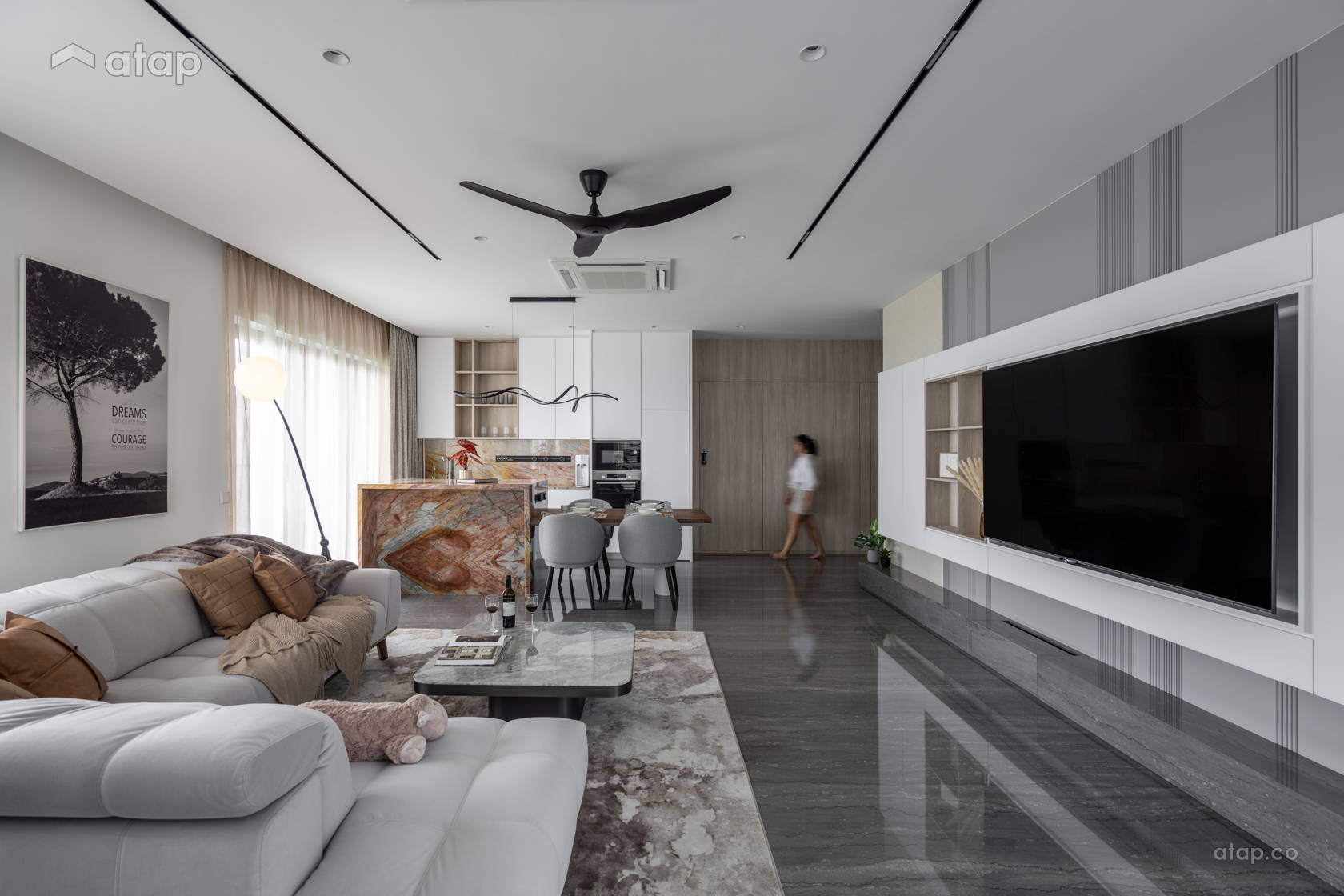
Tell us about your first design project. What defined your style then?
I established my own company in 2007, and the first project involved infusing Balinese ambiance within a three-story villa. The homeowner, a career-oriented woman, became captivated by the Balinese tropical style during a trip there. She wanted her home to evoke a sense of tranquility.
Throughout this project, we went into discussions on the design concepts of Balinese style. The experience kindled my own fascination with the notion of timeless design style. Over the course of the next decade in my design career, I found myself falling in love with various timeless designs at different stages.

Now tell us about your most recent project. How has it changed since?
Recently, we undertook a project involving an 11,000-square-foot single-story bungalow. The design journey evolved from an initial mid-century modern to incorporating tropical influences and eventually grappling with the challenge of seamlessly integrating the homeowner’s love for archway elements. We debated whether to adhere strictly to a single design concept but ultimately decided to return to the essence of design, placing humanity at its core.
In this process, we embraced a steadfast philosophy. Our company’s designs should revolve around the idea of a human-centric ‘home’ rather than creating a showcase unit. Our primary responsibility lies in meeting the fundamental needs of the homeowners. The challenge of this project lies not only in creating a visually stunning space but also in crafting an environment that resonates with the inhabitants on a personal and emotional level. It’s about understanding the nuances of their daily lives, integrating elements that evoke cherished memories, and ensuring that every design choice aligns with their preferences.
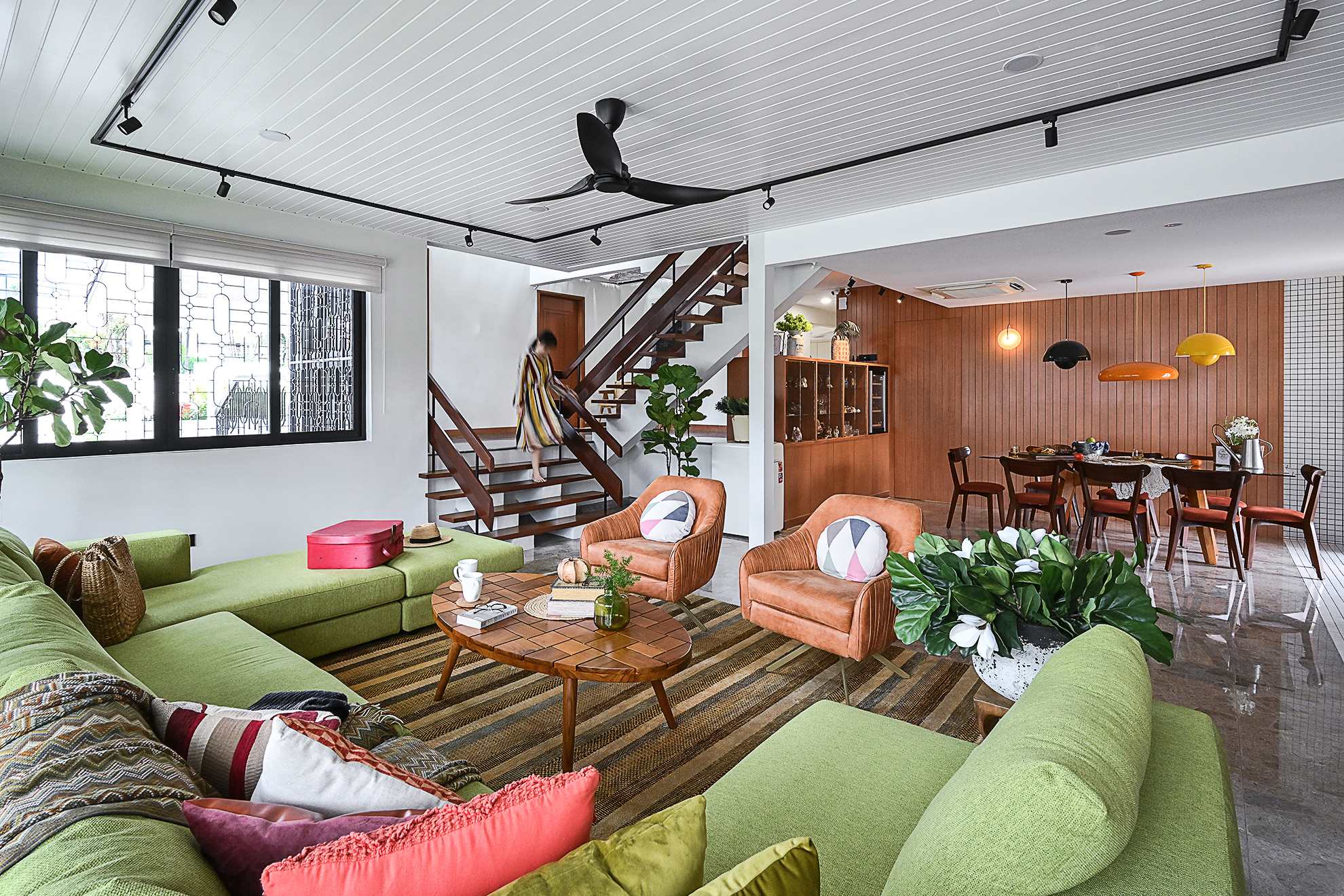
Where do you derive most of your inspiration?
My design inspiration is drawn from various parts of my life, and sometimes comes from the most unlikely of sources. From discovering unique thread-woven tapestries during travels abroad, to unique materials used in architecture to watching videos online. However, the richest source often lies in the narratives and needs of my clients. Their stories are fertile ground for creativity, and their preferences serve as the starting point for each design journey.
What do you do when you’re feeling a little stuck with inspiration?
When I encounter a creative block in my work, I find solace in engaging with my colleagues and discussing ideas with my design team. Their feedback, diverse perspectives, and suggestions often pave the way for new creative directions. I recognize that such challenges are a normal part of the creative process. I’ve learned to view them as opportunities for growth and transformation.
I sometimes deliberately step away from the design realm to mentally rejuvenate. Engaging in activities aligned with my personal interests, such as photography, becomes a source of relaxation. These moments prompt self-reflection, encouraging me to explore new perspectives and approaches in my design work. It’s about discovering resilience in the face of challenges and finding inspiration in unexpected places.
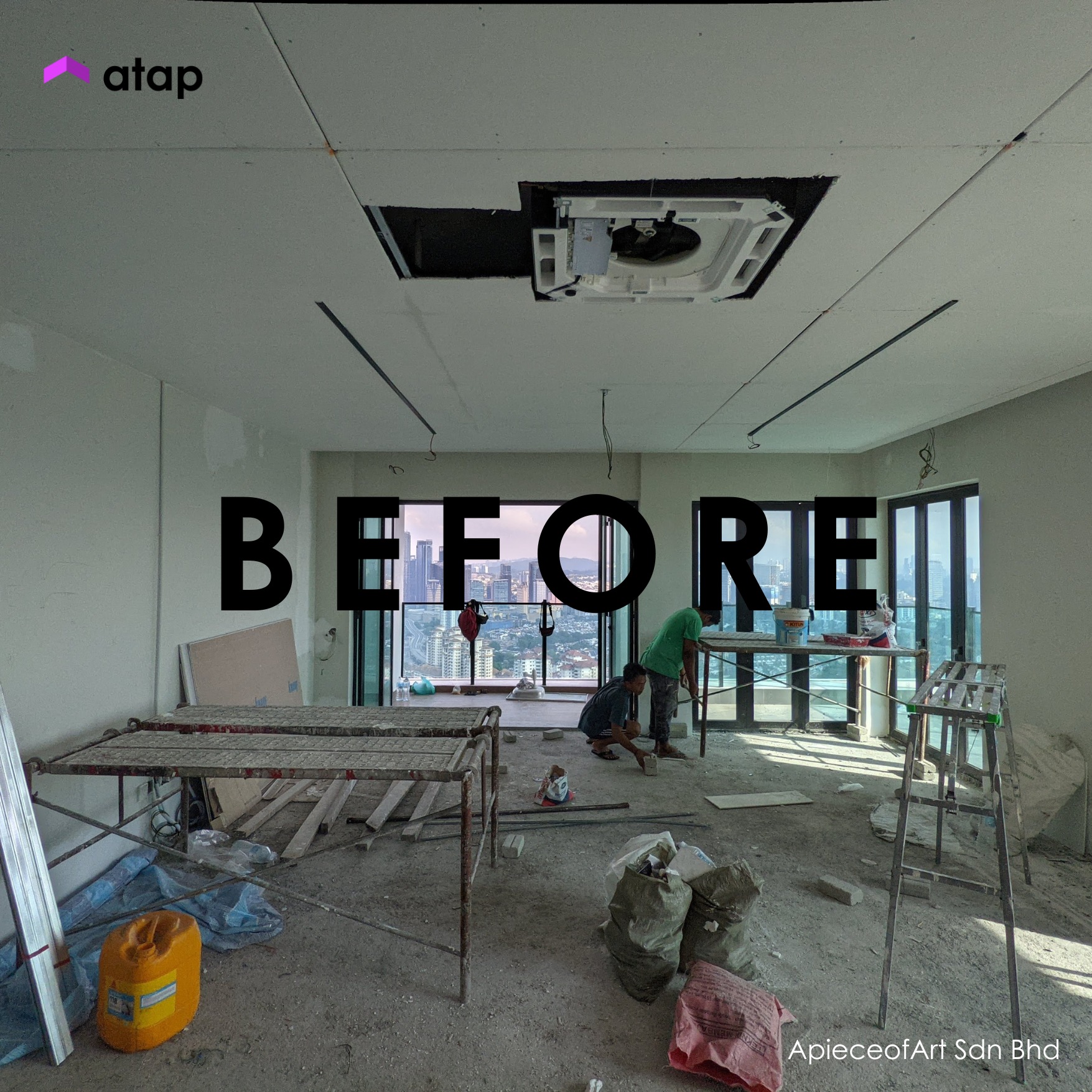
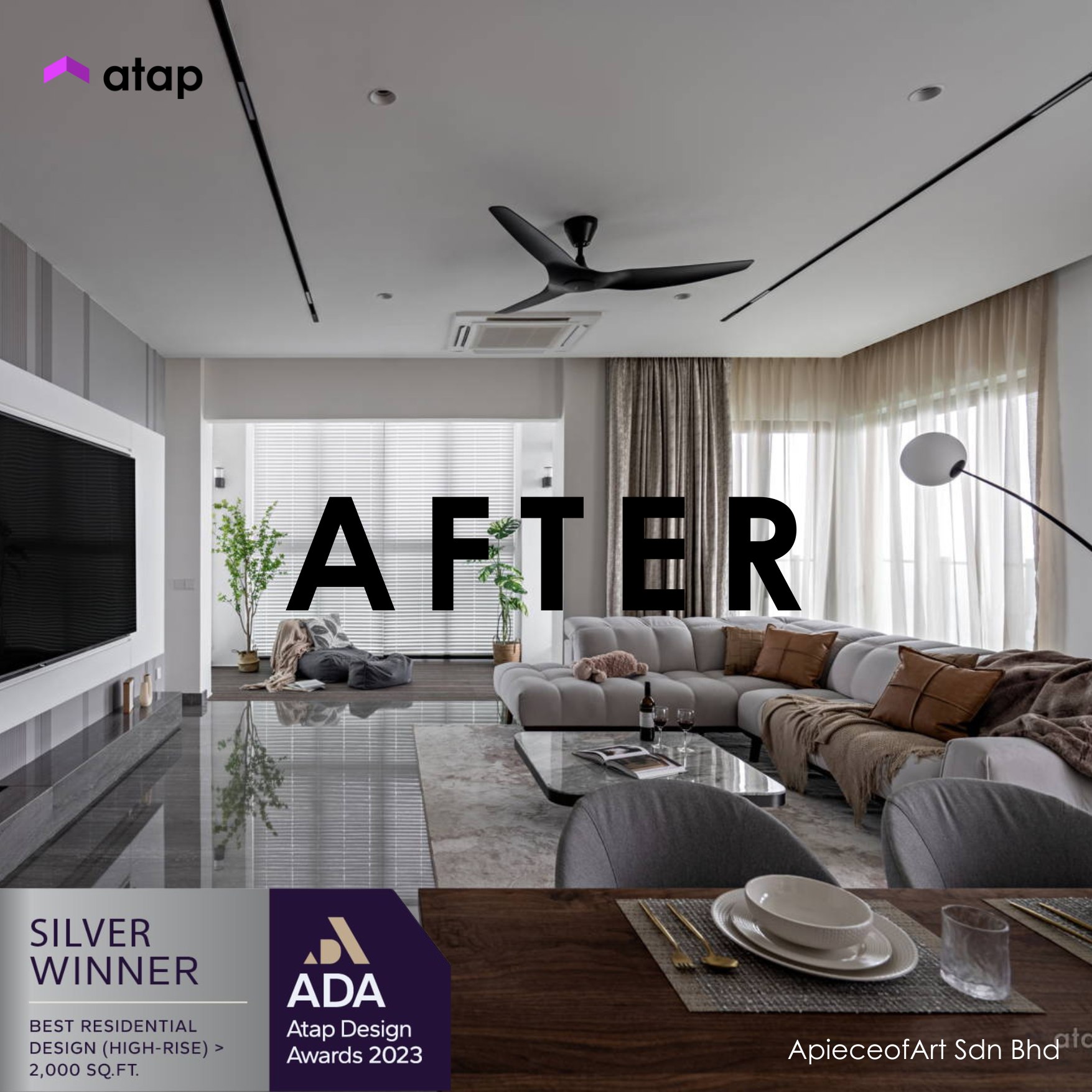
Describe your style in three words.
Timeless, classic, and enduring.
What’s currently on your music playlist?
Ballads mostly.
Who is your design icon?
British designer, Ilse Crawford.
Read more about her profile and work at Atap.co.
Contributing editor: Mabel Ho


